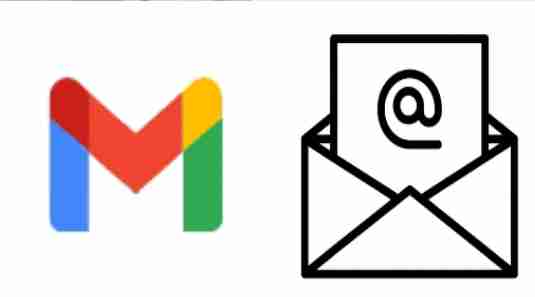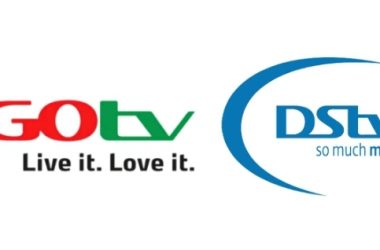Email and Gmail are two widely used communication methods that enable individuals and businesses to exchange messages electronically. While email is a generic term referring to electronic mail, Gmail is a specific email service developed by Google. In this article, we will explore the key differences between email and Gmail, covering aspects such as functionality, features, storage, security, and user experience.
Email, short for electronic mail, is a method of exchanging digital messages between users over the internet. It has been in existence for several decades and is a fundamental means of online communication. Email is not tied to any specific service provider and can be accessed using various email clients or web-based email services.
Email allows users to send and receive messages containing text, attachments, and multimedia content. It operates based on standardized protocols such as SMTP (Simple Mail Transfer Protocol) for sending emails and POP3 (Post Office Protocol 3) or IMAP (Internet Message Access Protocol) for retrieving emails. Users can have multiple email accounts from different providers and manage them separately.
Gmail
Gmail is a popular email service provided by Google. It offers a user-friendly interface, robust features, and seamless integration with other Google services. Gmail has gained widespread adoption due to its reliability, security, and ample storage capacity.
Gmail provides several notable features, including:
1. Storage: Gmail offers generous storage capacity, allowing users to store a large number of emails and attachments. As of September 2021, free Gmail accounts provide 15 GB of storage shared across Gmail, Google Drive, and Google Photos.
2. Search Capabilities: Gmail’s powerful search functionality enables users to quickly find specific emails using keywords, sender information, or other criteria. It also offers advanced search operators for more precise search queries.
3. Organization and Labels: Gmail allows users to organize their emails using labels, which are similar to folders. Labels can be applied to emails to categorize and filter them, providing an efficient way to manage and prioritize messages.
4. Integration with Google Services: Gmail seamlessly integrates with other Google services, such as Google Calendar, Google Drive, and Google Meet, allowing users to access and share information across platforms.
5. Spam Filtering and Security: Gmail incorporates robust spam filtering mechanisms to minimize the impact of unsolicited emails. It also utilizes encryption protocols to protect the privacy and security of email communications.
Differences and Advantages
1. Provider Independence: Email is not tied to any specific service provider, allowing users to choose from various email services based on their preferences. Gmail, on the other hand, is a specific email service provided by Google, offering a consistent user experience within the Google ecosystem.
2. Storage Capacity: Gmail offers larger storage capacity compared to many other email services, making it suitable for users with high email volume or those who need to store large attachments.
3. Integration with Google Services: Gmail’s integration with other Google services provides seamless access and sharing of information across platforms. This integration makes it convenient for users who rely on Google’s suite of productivity tools.
4. User Interface and Features: While email clients and webmail services can vary in terms of user interface and features, Gmail offers a modern, intuitive interface and a wide range of productivity features that enhance the email experience.
5. Security and Spam Filtering: Gmail’s robust spam filtering mechanisms and encryption protocols provide an added layer of security compared to some other email services. Google’s advanced security measures protect users from phishing attempts and malware.
Further Reading
For more detailed information on email and Gmail, you can refer to the following resources:
– Email – Wikipedia
– Email – Britannica
– Gmail – Wikipedia
– Gmail – Britannica
These resources provide further insights into the features, functionalities, and comparisons between email and Gmail.
Please note that the information provided in this article reflects general characteristics and concepts related to email and Gmail and may not cover all the complexities and variations within these platforms. It’s always recommended to consult up-to-date sources and explore specific features and usage scenarios for a comprehensive understanding of email and Gmail.

















